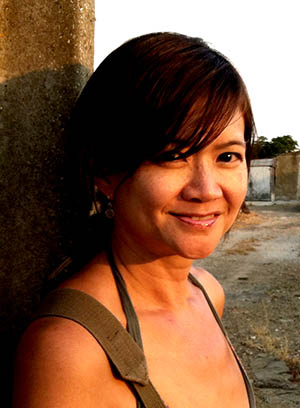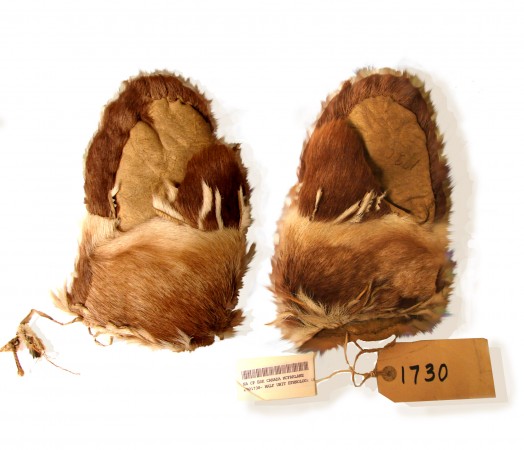MCLab Profile: Irine Prastio, MA Student
I was born and raised in the town of Bandung, in the island of Java, Indonesia. I immigrated to the United States in my early twenties and then moved to Vancouver in 2007. As an immigrant I often find myself torn between the two contrasting cultures. This was partly one of the reasons that encouraged me to continue my education, to understand the role of media and culture in shaping social identity.
I graduated from Simon Fraser University, School of Interactive Arts and Technology in the summer of 2012. I am now continuing my education to pursue a Master of Arts Degree under the supervision of Professors Kate Hennessy and Jim Bizzocchi at School of Interactive Arts and Technology, Simon Fraser University. As an IPinCH Graduate Fellow, and having worked in the last two years as a research and production assistant on the Inuvialuit Living History Project, I am interested in exploring the expression of Inuvialuit intellectual property rights in context of traditional knowledge and its representation in the Inuvialuit Living History website. In particular, I would like to explore the Inuvialuit perspectives surrounding traditional sewing techniques and pattern making of their traditional clothing such as parkas, mukluks, and gloves. All of these clothing articles are represented in the MacFarlane Collection and have been a part of local sewing revitalization projects. I am also interested in the ways in which these sewing traditions are related to hunting and trapping practices and knowledge of the land.
Intellectual property rights in context of traditional knowledge are often addressed using the Western criteria as opposed to the criteria established within the originating community itself. In this case, the transfers of intellectual property rights are usually written in context of individual entity with market economy as a form of return benefit. While traditionally, indigenous communities operate under different kind of value system such as gift economy or sharing system (Hyde, 1983). As well, in most indigenous community, knowledge is a product of collective as opposed to individually owned. Although in some cases, monetary value as a form return benefit is accepted as a return benefit, it is not clear how such cases would affect the survivability of these knowledge and whether an eventual absorption of these knowledge to the main stream culture would have a negative impact on the originating culture. I am interested in studying how the Inuvialuit value the traditional sewing and pattern making knowledge as an intellectual property and how commodification of this knowledge may affect the perceptions of the community members.


